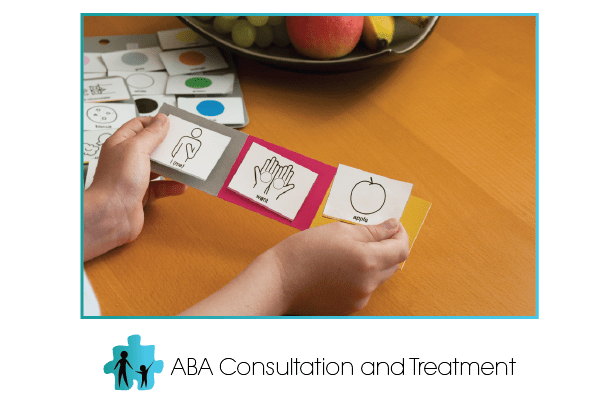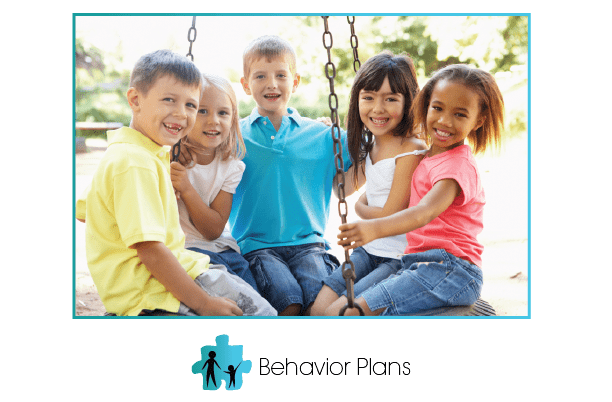The options available to a family with a child being treated for Autism Spectrum Disorders (ASD) are varied. These therapies include but are not limited to occupational, speech, music, and animal therapy. Often, concerned family members question if the primary therapy Applied Behavior Analysis (ABA) in combination with other techniques may be too much for a student? Conversely, ABA therapists may raise concerns as to how ABA will complement the work of other therapeutic approaches. Instead, what needs to be understood is that the goal of all therapy is to assist the patient. Often, a combination of approaches can help a student in a variety of ways. In fact, it can be more beneficial for a student to experience a collaborative approach to therapy in order to improve their communication and developmental progress.
Perhaps the therapy most often recommended in combination with ABA is that of speech. Many children with ASD are either nonverbal, limited verbally, or lack functional and social communication. A speech language pathologist (SLP) can work with a child to find ways to help them increase their vocabulary, to utilize visual aids, and other approaches to express their thoughts. However, the challenge for SLPs is to determine when the child’s communication problem is the result of speech and various oral motor deficits or if delayed speech is more of a behavioral issue. This is due to the fact that often behavioral problems can hinder a young person’s ability to learn language. A severely autistic patient may have a limited ability to acquire the building blocks of language because they are acting out during lessons. On the other hand, a child’s inability to learn language might be leaving them frustrated, thereby leading to behavioral problems. They may be acting out as a means of trying to communicate with others.
Whatever the reason, the ABA therapist and the SLP must pool their training and expertise together and determine the most effective solution.
The result of a working partnership between an SLP and an ABA therapist is often a successful and complimentary one. A speech language pathologist’s strength lies in their ability to understand the anatomy and physiology of the production of speech. They know how oral motor skills work and can help a student fine-tune those abilities. Where ABA focuses on Verbal Behavior techniques (e.g., mand, echoic, tact, intraverbal and autoclictic) to teach language, SLP’s can add to that by helping focus on things such as swallowing, literacy, communication skills, pragmatics, or means of communication (i.e. sign language or PECS). The critical element in a partnership like this one is to allow both professionals to share their expertise.
Undoubtedly, the work of a speech language pathologist and applied behavior analysts will overlap when working with a student. But it is the responsibility of both to ensure they are working productively and together! For example, if there is new data-based research in the SLP’s domain, it’s important to bring that information to the ABA therapist’s attention. Conversely, if a therapist has developed a unique teaching technique designed to help a specific child, share that method with their speech pathologist. The simple act of sharing will not only encourage open communication, but may facilitate a breakthrough or advancement in that child’s therapy. What must not be forgotten is that both the ABA therapist and SLP have a common goal: to improve the quality of life for their young client. By working together this goal can and will be met!



